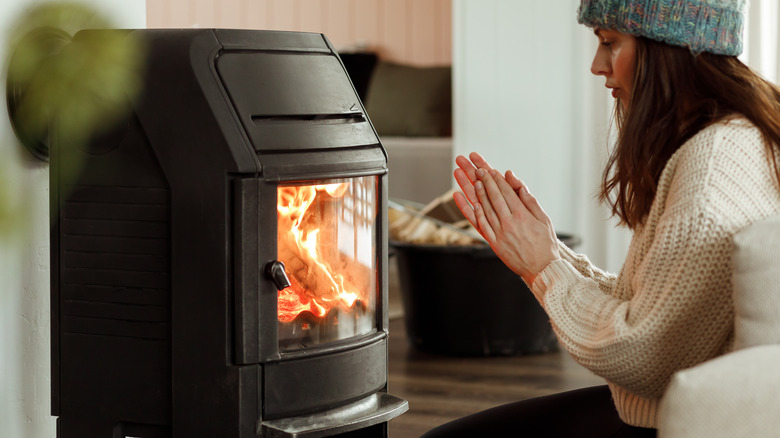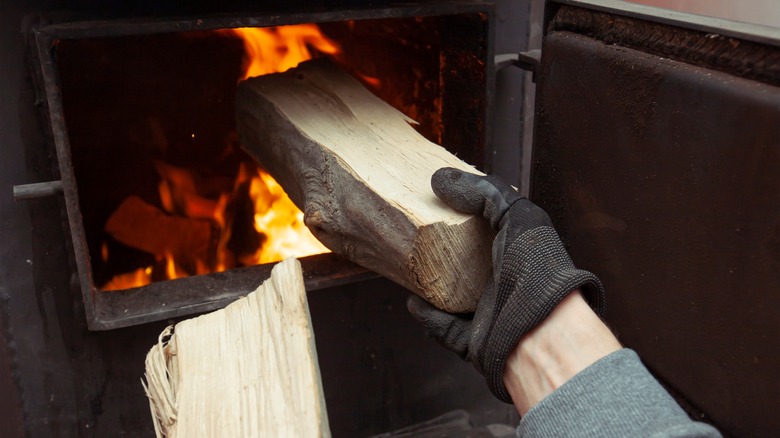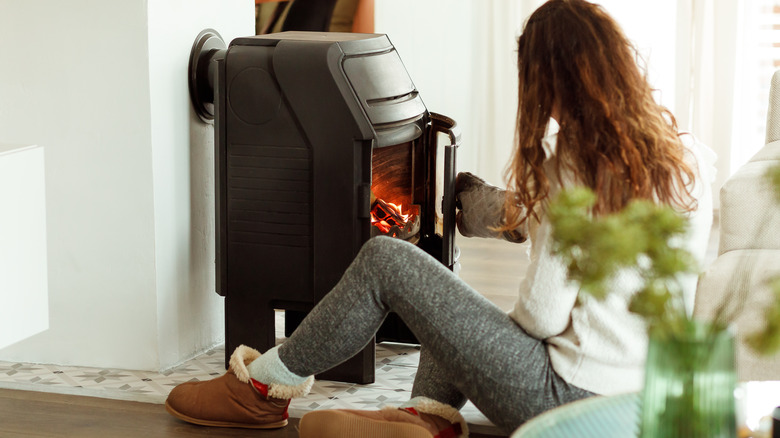My Wood Burning Stove Is Glowing Red. What Should I Do?
In the world of home heating, wood-burning stoves have a special place. They bring not just warmth to our homes, but also a certain nostalgic charm reminiscent of simpler times. However, as with any classic piece of technology, they come with their own set of quirks and challenges. One particularly worrisome challenge arises when the stove starts glowing red. This is known as overfiring – a common issue for many wood stove users, especially those new to the experience. Addressing overfiring involves a few immediate and practical steps. Reducing the amount of fuel and adjusting the air supply are key to bringing the temperature down to a safer level.
That being said, it's important to know what causes overfiring and the common signs to understand how to prevent future problems. Overfiring is what happens when your wood stove operates beyond its intended capacity. If you look at your stove and see parts of it are glowing red, this is a classic sign that the stove is working much harder than it should. The implications of overfiring are not to be taken lightly. Wood-burning stoves are engineered with precision, ensuring they operate efficiently and safely within these specific heat ranges. Exceeding these limits can not only shorten the lifespan of your stove but also compromise its structural integrity and safety. It's a situation that needs immediate attention and correction. You'll need to understand all the bad practices that cause overfiring and the importance of monitoring your stove's operation to safely enjoy the benefits of your wood-burning stove.
Understanding overfiring: causes and signs
Overfiring a wood stove can occur in several ways. One common cause is overloading the stove with too much fuel. This might seem like a straightforward method to get more heat or extend the burning time, but in reality, it pushes the stove beyond its safe operating limits. Imagine your stove as a finely tuned instrument; adding too much wood to the stove is like overstraining the strings, risking damage to both the instrument and the quality of music it produces.
Another key factor in overfiring is improper air regulation. Airflow plays a critical role in the burning process. It acts as the conductor for the orchestra of flames within your stove. Too much air can turn a controlled fire into an aggressive blaze, much in the way a strong gust can turn a campfire into a wildfire. It's a delicate balance where understanding your stove's air controls and how they interact with the fuel becomes crucial. So, if you keep the stove door completely open, it adds more oxygen to the fire. Imagine opening a window during a storm; just as the wind rushes in, so does the oxygen into the stove, intensifying the fire significantly. You're basically giving the flames a strong, steady breath, escalating their intensity rapidly. Lastly, leaving the stove unattended with open-air vents is also a recipe for overfiring. Without monitoring, the stove, given enough oxygen, can escalate to dangerous temperatures.
Addressing and preventing overfiring
If you've identified that your stove is overfiring, the first step is to immediately reduce the fire's intensity by closing the air vents. This way, you limit the amount of air feeding the fire, effectively bringing the heat down to a more manageable level. Next, reduce the damper, but don't close it down entirely to prevent too much smoke in the house. You can also try to place the logs closer together. It's crucial, however, to exercise caution and ensure you're equipped with the right tools and protective gear to handle hot materials.
Once you've addressed the immediate overfiring issue, it's time to think about the long-term health of your stove. This includes regular maintenance checks and being mindful of the type and amount of fuel you're using. Just as you would with any other important appliance in your home, taking care of your wood stove ensures its efficiency and longevity. It's about developing a routine that keeps your stove in top condition, much like regularly servicing a car to keep it running smoothly. Monitoring your stove's performance is also key. Pay attention to how it responds to different types and amounts of wood and how it operates with various airflow settings. This vigilance is like getting to know a new friend; understanding their likes and dislikes, and knowing how to interact with them produces the best relationship.


